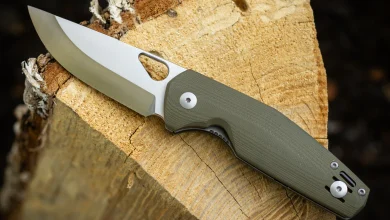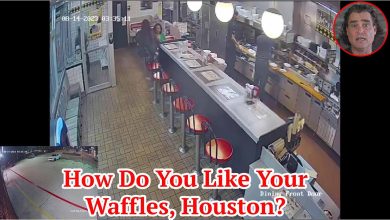Defensive Handgunning: Skills & Tactics

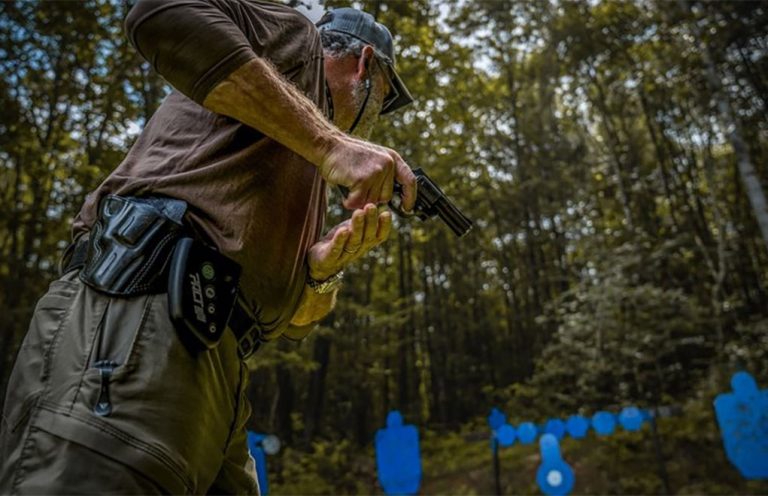
When it comes to self-defense with a handgun, you need to understand skills, tactics and the differences between the two.
The most effective use of a defensive handgun is obtained by the proper application of tactics and skill. Though they’re often confused by trainers and trainees, and even though you can be tactically skilled, skills and tactics are not the same thing.
What Is Skill?
A skill is the learned ability to perform an action well with determined results, often in a given amount of time. A perfect example of a skill would be the presentation of a handgun from the holster followed by a shot that strikes to the center mass of a perceived threat. Depending on distance, we could argue about how much time this should take before proficiency is achieved. But the point is that defensive handgun skills involve the physical manipulation of the handgun.

Believe it or not, there aren’t a lot of defensive handgun skills to learn. You need to be able to draw your handgun, shoot your handgun and keep your handgun working. This is what basic defensive handgun training is all about. Once you learn these skills, you should continually work to improve them. If you’re especially skillful, you’ll be able to do all these things just as effortlessly and quickly in the dark as in the daylight.
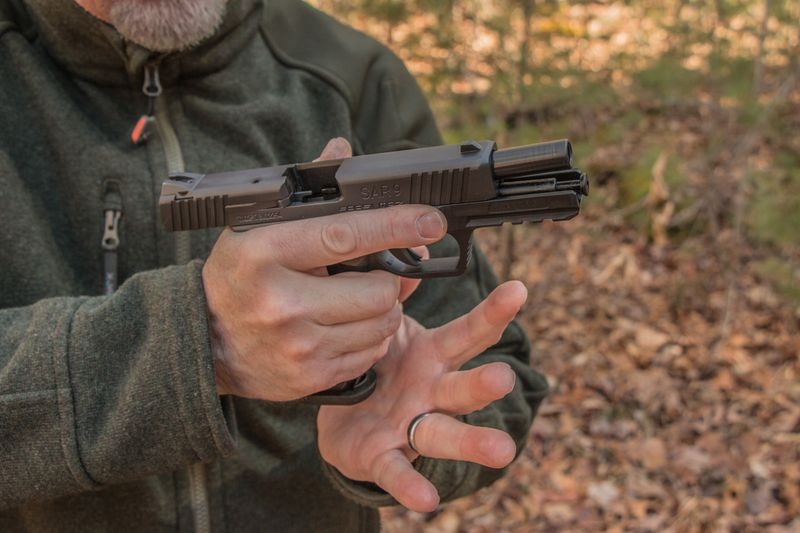

What Are Tactics?
A tactic is a plan, procedure or expedient for promoting a desired end or result. An example of a tactic would be the application of the failure drill if two center mass shots to your attacker have failed to neutralize the threat. The failure drill—a shot to the head after center mass shots have failed—is your plan/procedure to deal with that situation. Making that head shot isn’t a tactic, it’s a skill.
Before you begin to learn a tactic, you should at least be proficient with the skill a particular tactic will require. Otherwise, you’ll be trying to learn what to do and how to do it at the same time. It’d be possible to learn all the necessary basic handgun skills separate and before learning any tactics, but it’s the matching of particular skills to certain tactics that give the skills relevancy and even make the training more enjoyable. Why might you need to learn to shoot from behind a barricade? Because certain tactics necessitate the use of cover.
To take this concept one step further, the use of tactics is predicated on the situation. Through training, you condition yourself to use a specific tactic based on the stimulus you receive. In other words, you create a conditioned response. This keeps you from having to think about what must be done.
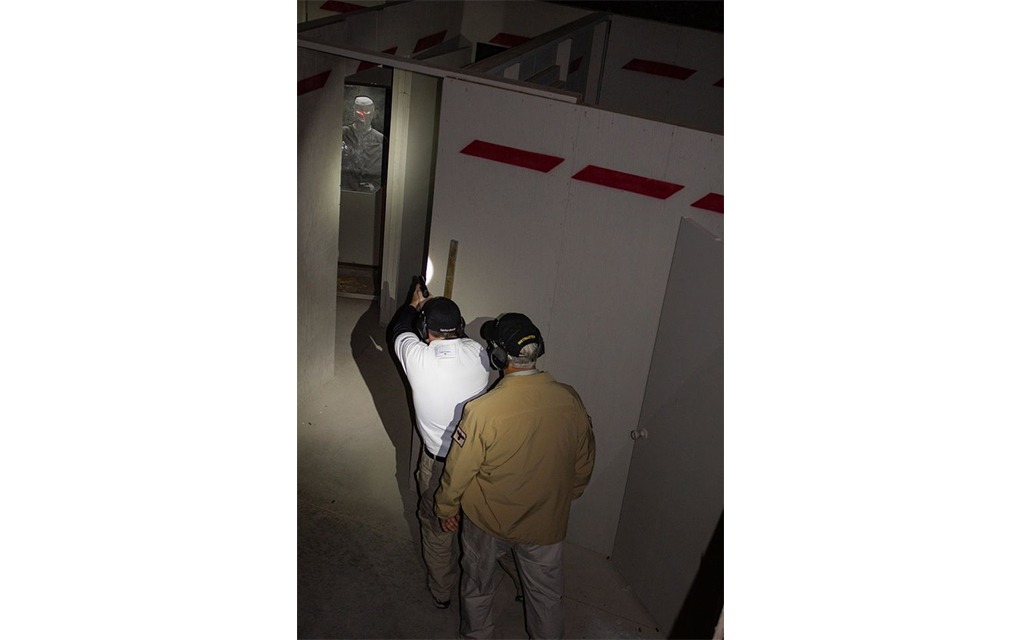

Continuing with our previous scenario as an example, the two shots to the center mass of a threat is almost universally the standard defensive handgun conditioned response to a threat. The application of the failure drill—a tactic—is a result of, or a conditioned response to, the failure of center mass shots to have the desired effect.
This all might seem like I’m trying to overcomplicate the use of a defensive handgun, but really, this should make it all much simpler. If you’re going to use your defensive handgun skillfully—in any way—that use should be determined by a tactic, which was driven by a conditioned response. A good firearms training school will present you with a situation or collection of stimuli and the proper tactics to address the problem. For you to apply the tactics successfully, the instruction should then encompass the skills necessary to do that. Defensive handguns are used to solve problems and without a problem the use of a defensive handgun isn’t necessary.
Situational Understanding
Let’s imagine you’re trying to figure out how much carpet you need in your bedroom. That’s the situation/problem/stimuli before you. To do this, you need a mathematic formula—plan/tactic—which would be how to calculate the area of a rectangle/room. We all know that, to do this, you must multiply the width of the room times the length of the room. The skill needed to accomplish this is multiplication. If you don’t know how to do multiplication (skill) or what formula (tactic) to use, you can’t create an effective conditioned response to the problem.
Understand that while there’s such a thing as tactical training, there’s no such thing as tactical shooting. If you decide to take a true tactical defensive handgun course, you should be able to shoot before you get there. Now, while you’re there, you might be tasked with further developing your basic defensive handgun skills, such as becoming faster and more accurate. But this is done to allow you to better use your handgun to enact the tactics you’ll be taught.
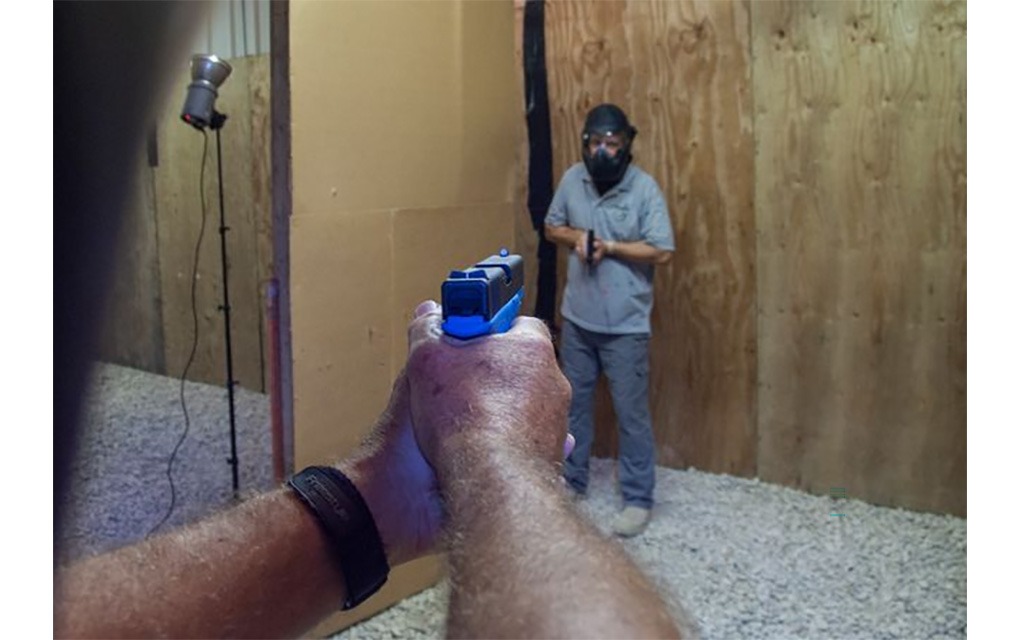

Gunsite Academy offers a variety of defensive handgun courses, which progress in difficulty based on the shooting skill required, the tactics taught and the situations you’re presented with. You can’t attend the Gunsite 499 course until you’ve completed the 350 course, and you can’t take the 350 class until you have passed the 250. Each class builds upon what the previous class has taught you—but in every case, the skills you’re taught are necessary for the tactics you’re asked to demonstrate, which in turn will be dictated by the stimuli you’re given. The ultimate goal is for you to not be faced with a problem for which you don’t have the tactics and shooting skills to solve.
Of course, all of us can’t afford to jump on a plane tomorrow and fly to Arizona. Some of us can’t even afford to take a two-day course offered closer to home. This means that you might need to conduct your own training based on information gathered in various ways.
To make that training beneficial to real-world application, approach it from the conditioned response, tactical answer and necessary skills, concept. Sure, it’s OK to shoot just to have fun, but when serious about training, work on the handgun skills tethered to the tactics you plan to employ, which are ultimately based on practical situations you think you might have to deal with.
Editor’s Note: This article originally appeared in the 2022 Made In The USA special issue of Gun Digest the Magazine.
More On Shooting Skills:
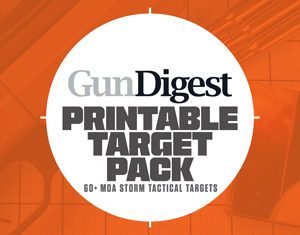

Next Step: Get your FREE Printable Target Pack
Enhance your shooting precision with our 62 MOA Targets, perfect for rifles and handguns. Crafted in collaboration with Storm Tactical for accuracy and versatility.
Subscribe to the Gun Digest email newsletter and get your downloadable target pack sent straight to your inbox. Stay updated with the latest firearms info in the industry.




